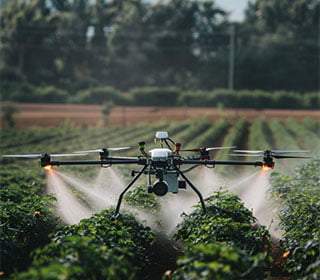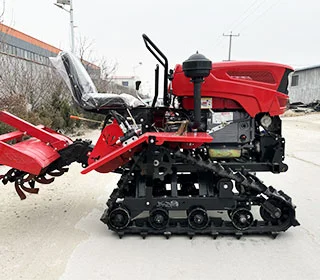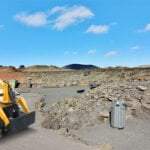How Irrigation Agricultural Drones Revolutionize Farming
Welcome to My Blog!
Before we dive into the content, I’d love for you to join me on my social media platforms where I share more insights, engage with the community, and post updates. Here’s how you can connect with me:
Facebook:https://www.facebook.com/profile.php?id=61557298070472
Now, let’s get started on our journey together. I hope you find the content here insightful, engaging, and valuable.
Introduction
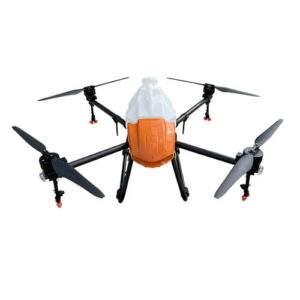
In the rapidly evolving world of agriculture, technology is playing a pivotal role in enhancing productivity and sustainability. Among the most transformative innovations are irrigation agricultural drones. These cutting-edge tools are not just flying cameras; they are advanced machines equipped with sophisticated technology that aids in monitoring, managing, and optimizing agricultural practices. This blog delves into how irrigation agricultural drones are revolutionizing farming, exploring their applications, benefits, and the future they promise for the agricultural sector.
Understanding Irrigation Agricultural Drones
Irrigation agricultural drones are unmanned aerial vehicles (UAVs) designed specifically for agricultural applications. They are equipped with various sensors and imaging technology that enable farmers to assess and manage their crops more effectively.
Key Features of Irrigation Agricultural Drones
The features of irrigation agricultural drones make them invaluable assets for modern farming:
- High-Resolution Cameras: Capture detailed images of fields, allowing for precise monitoring of crop health.
- Multispectral and Thermal Sensors: Analyze plant health and water stress by capturing data across different wavelengths.
- GPS Technology: Facilitate accurate mapping and navigation, ensuring efficient coverage of large areas.
- Automated Flight Plans: Allow for pre-programmed flight paths, minimizing the need for manual operation.
| Feature | Description |
|---|---|
| Flight Time | Typically ranges from 20 to 60 minutes |
| Payload Capacity | Generally between 1 to 5 kg |
| Operating Range | Can cover up to 100 acres per flight |
| Sensor Types | RGB, multispectral, and thermal sensors |
| Data Processing | Real-time data analysis and reporting capabilities |
Applications of Irrigation Agricultural Drones
Crop Monitoring
One of the primary uses of irrigation agricultural drones is for crop monitoring. Drones equipped with high-resolution cameras can provide real-time images of fields, allowing farmers to detect issues such as pest infestations, diseases, and nutrient deficiencies early.
Water Management
Drones equipped with thermal sensors can identify areas of water stress in crops. By analyzing temperature variations, farmers can pinpoint which parts of their fields require additional irrigation, thereby optimizing water usage and improving crop yield.
Soil Analysis
Before planting, understanding soil health is crucial. Drones can conduct aerial surveys to assess soil conditions, helping farmers determine the best planting strategies and irrigation methods.
Precision Irrigation
With the data collected from irrigation agricultural drones, farmers can implement precision irrigation techniques. This means applying water only where and when it is needed, significantly reducing water wastage and improving efficiency.
Benefits of Using Irrigation Agricultural Drones
Increased Efficiency
By automating the monitoring process, irrigation agricultural drones allow farmers to cover vast areas in a fraction of the time it would take on foot or with traditional equipment. This increased efficiency translates to more time for farmers to focus on other important tasks.
Cost Savings
While the initial investment in drones may seem significant, the long-term savings are substantial. By optimizing irrigation and reducing water usage, farmers can lower their overall operational costs.
Enhanced Crop Health
Early detection of issues such as pests and diseases can lead to timely interventions, ultimately improving crop health and yield. The use of drones allows for proactive management rather than reactive measures.
Environmental Sustainability
Irrigation agricultural drones contribute to sustainable farming practices. By promoting precision agriculture, they help reduce water usage and minimize chemical runoff, protecting local ecosystems and resources.
Challenges of Implementing Irrigation Agricultural Drones
Initial Costs
The initial purchase and setup costs of irrigation agricultural drones can be a barrier for some farmers, especially those operating on tight budgets. However, the long-term benefits often justify the investment.
Technical Expertise
Operating drones and analyzing the data they collect requires a certain level of technical knowledge. Farmers may need training to effectively utilize this technology.
Regulatory Issues
The use of drones in agriculture is subject to various regulations, which can differ by region. Farmers must ensure compliance with local laws regarding drone operations.
Future Trends in Irrigation Agricultural Drones
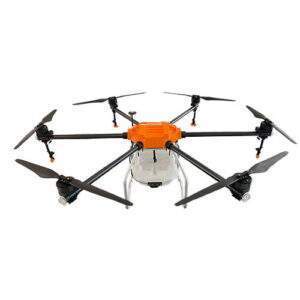
Advanced AI Integration
As technology progresses, the integration of artificial intelligence (AI) into irrigation agricultural drones is expected to enhance data analysis and decision-making processes. AI can help automate tasks such as crop classification and health assessments, further increasing efficiency.
Improved Battery Life
Future advancements may lead to longer battery life for drones, allowing for extended flight times and the ability to cover larger areas in a single trip.
Enhanced Data Analytics
The development of more sophisticated data analytics platforms will enable farmers to gain deeper insights from the data collected by drones. This will facilitate more informed decision-making regarding irrigation and crop management.
Increased Adoption
As awareness of the benefits of irrigation agricultural drones grows, more farmers are likely to adopt this technology. This shift will contribute to the overall modernization of the agricultural sector.
Conclusion
Irrigation agricultural drones are undeniably transforming the way farming is conducted. By providing valuable insights into crop health, optimizing water usage, and enhancing operational efficiency, these drones represent a significant leap forward in agricultural technology. As the industry continues to embrace innovation, the future of farming looks promising, with irrigation agricultural drones playing a crucial role in fostering sustainable and productive agricultural practices.
FAQ
What are irrigation agricultural drones used for?
Irrigation agricultural drones are used for monitoring crop health, managing water usage, conducting soil analysis, and implementing precision irrigation techniques.
How do drones help with water management?
Drones equipped with thermal sensors can identify areas of water stress, allowing farmers to apply water only where it is needed, optimizing irrigation efforts.
What types of sensors are used in irrigation drones?
Irrigation drones typically use high-resolution cameras, multispectral sensors, and thermal sensors to gather data about crop health and water needs.
Are there regulations governing the use of agricultural drones?
Yes, the use of agricultural drones is subject to various regulations, which can vary by country and region. Farmers must comply with local laws regarding drone operation.
How much do irrigation agricultural drones cost?
The cost of irrigation agricultural drones can vary widely based on features and capabilities, typically ranging from a few thousand to tens of thousands of dollars.

